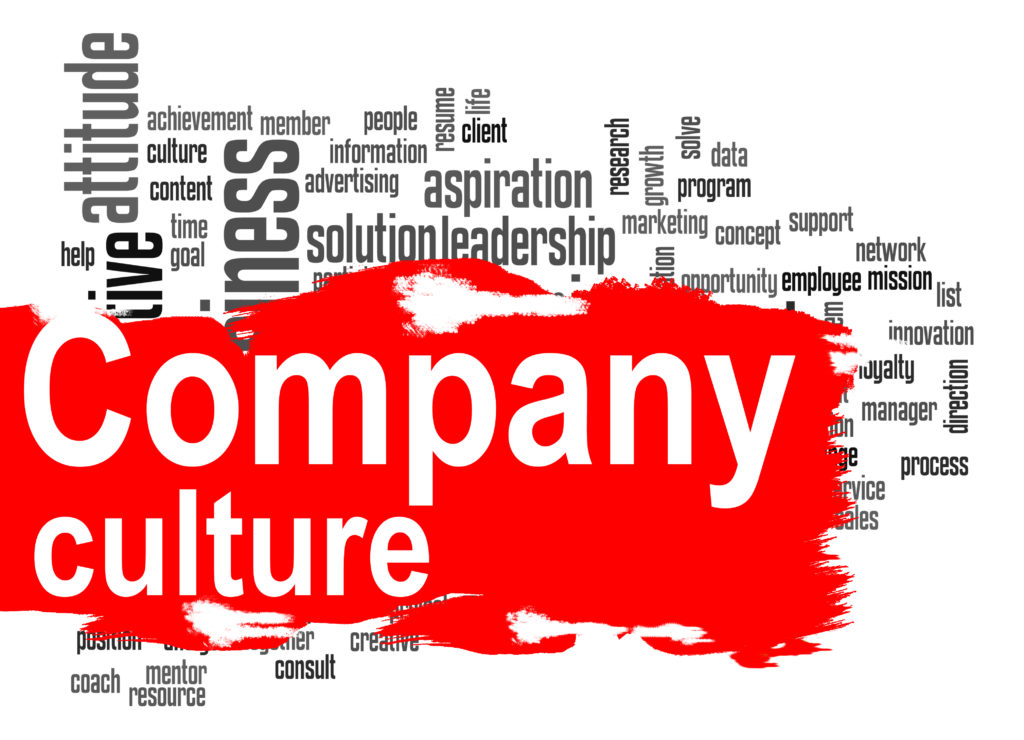This is a continuation of the top priorities for success in 2015 and beyond. Previously, we talked about increasing resident age and acuity levels. In this edition, we will explore the impact of age on the physical plant. Because there were a lot of communities built in the 1980s and 1990s this has led to quite a bit of older inventory still in use today. Some owners have done a great job keeping up and some … not so much.
The old saying is true. You never get a second chance to make a first impression. Curb appeal can be inviting or may discourage prospects from stopping. The first step the prospect and their families take into your community will be the lasting image in their minds.
Can’t Judge a Book By it’s Cover … but we sometimes do
 Even though I have been around the Senior Living Industry long enough to know that a building or the grounds are not always an indicator of the community, great care, or special features I might find inside, it still has an impact. It’s almost like starting at a deficit on the expectation scale and then having to rely on the tour, staff, and other factors to bring the community back into positive experience territory.
Even though I have been around the Senior Living Industry long enough to know that a building or the grounds are not always an indicator of the community, great care, or special features I might find inside, it still has an impact. It’s almost like starting at a deficit on the expectation scale and then having to rely on the tour, staff, and other factors to bring the community back into positive experience territory.
While this is not a great way to evaluate a community, it is human nature. I have been in some of the nicest communities built and have had poor experiences and on the converse, I have been in some marginal looking buildings that had the best atmosphere and service I have experienced. The difference is, I was visiting the community because of my job. Had it been for my mom or dad, we might not have stopped.
So you can only imagine how a prospect and/or their family members must feel. Sometimes the deficit can be too large to overcome, and that’s if they choose to stop and look. Unfortunately, sometime they keep driving to the next one on the list and don’t stop to give you the opportunity to prove how awesome your community is.
Update Ideas
Not only is the styling important, the need to look as modern as your nearest competitor, but sometimes you will also find operational inefficiencies, decreased ability to address the rising resident acuity, along with a decreased pricing flexibility to remain competitive.
Some ideas include updating the units themselves along with interior hallways. Depending upon the age and the need, this can run from $30,000 to $40,000 per unit. If you have a mixed-use community, such as Independent Living and Assisted Living or Assisted Living and Memory Care, you will want to consider existing unit mix and consider altering the mix going forward. Don’t forget the common areas and pay particularly close attention to entry areas. This should be warm, inviting, and make residents and visitors feel instantly at home.
It’s important to not only keep up with interior renovations and updates, but exterior, as well. If possible, ensure you have adequate and modern signage along with a well-manicured and landscaped entry way. Make sure exterior features are updated and maintained. Again, I feel the need to stress the importance of curb appeal and an inviting entrance to your community.
Plan Ahead
It’s important to remember that even if you have a new or newer building, the aging process has already begun. You must begin immediately to plan for the future … eventually your building will be the more mature property on the block. You can do this through a couple of means. One is a typical Cap X allotment of $300 – $500 per unit per year or an extensive and more formal annual Cap X plan.
These are also great opportunities to incorporate into your strategic planning for 2015 and beyond. MDS has a plethora of experience when evaluating the needs of your community to continue to remain successful. We can help you develop optimal unit mixes based on the market in which you operate. We can also help with the financial evaluation of the proposed changes to community to ensure a minimum impact for current and future residents. We look forward to hearing from you and working with you and your professional team to create a model for your continued success.
Roy Barker is Director of Special Projects at Moore Diversified Services, a Fort-Worth, Texas-based organization specializing in operations analysis, marketing development, and investment advisory services. Roy is an authority in the field of employee turnover analysis and retention strategies.















